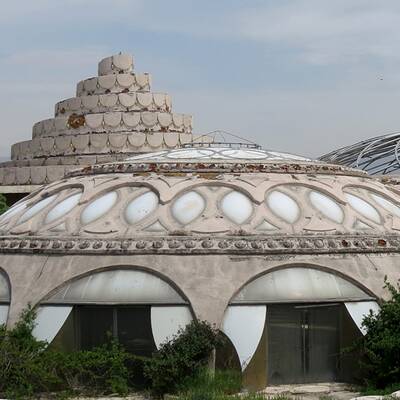Museum of Natural History and Biodiversity of Alborz
The Museum of Natural History and Biodiversity was established in 1390 in Karaj. Different plant and animal species, stones and minerals are kept in the museum. Natural history museums increase the public awareness of nature that is the house of all people living on earth. A part of earth history is exhibited in this museum through different species based on each region’s texture and climate.
All sciences that have been created to date have a root in nature and today it is proved that the nature of each region influences the moods of its people. The museum of natural history describes and interprets the place and elements of the nature, humans’ relationships with each other and with the nature in order to improve the people’s understanding of the surrounding environment and of themselves. The nature and museums established around them are able to change the people’s attitude towards life.
There are many taxidermied animals such as various mammals, birds, amphibious animals, fishes, plants, insects, stones, animals’ skeletons, skull and busts of animals kept in Karaj Museum of Natural History and Biodiversity. Taxidermy is the art of preserving the body of animals that backs to the ancient Egypt with more than five thousand years of history. Many amazing mummified animals have been discovered in ancient Egypt’s graves that can be considered to be the first examples of taxidermy in the world. Almost all around the world the tanning studios have being active where the skin of animals that had been hunted were filled of cotton and pieces of fabric, from the seventeenth century. John Hancock, the father of modern taxidermy, held a great exhibition of taxidermied birds in the nineteenth-century; His works are considered to be the first taxidermies of the modern world. The beginning of this field in Iran backs to the 1350s SH and Hedayat Tajbakhsh is known as the father of taxidermy in Iran. currently, the main part of natural history museums all around the world is devoted to taxidermy. There are also some educational and research parts in the Museum of Natural History and Biodiversity of Karaj.
